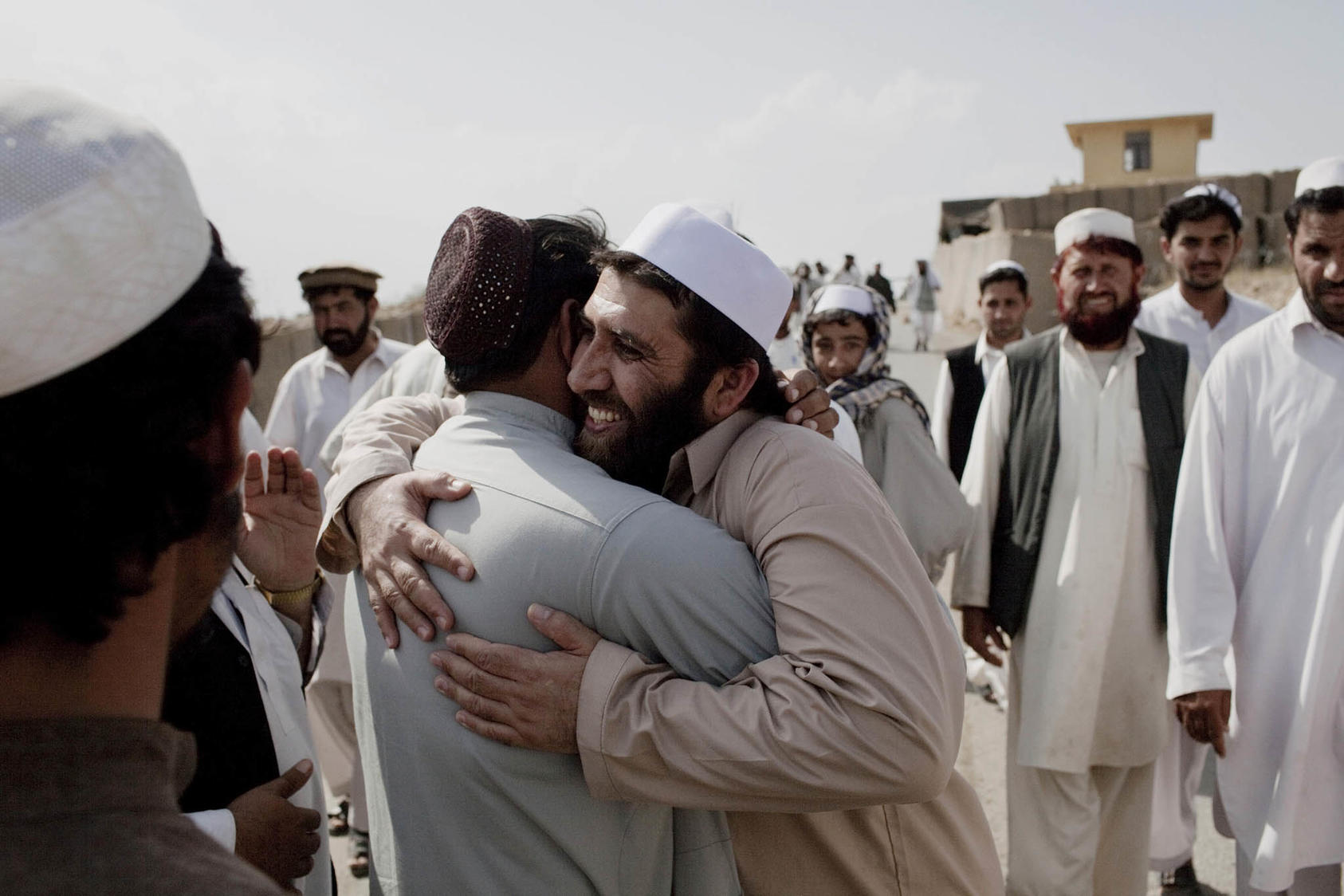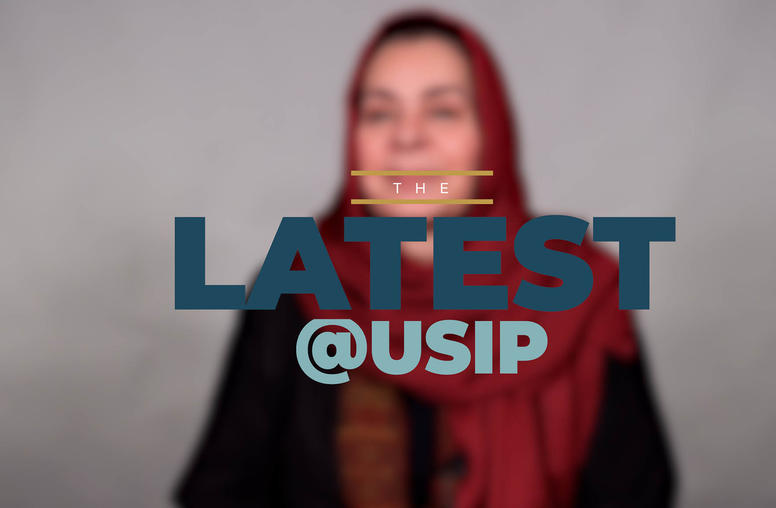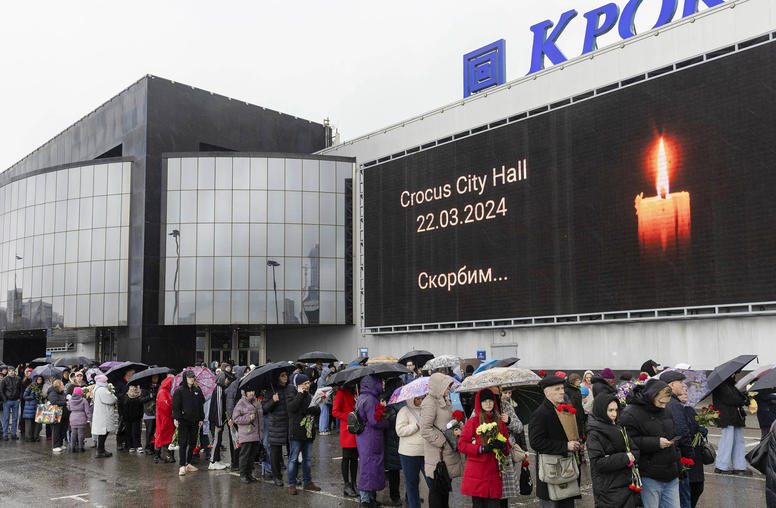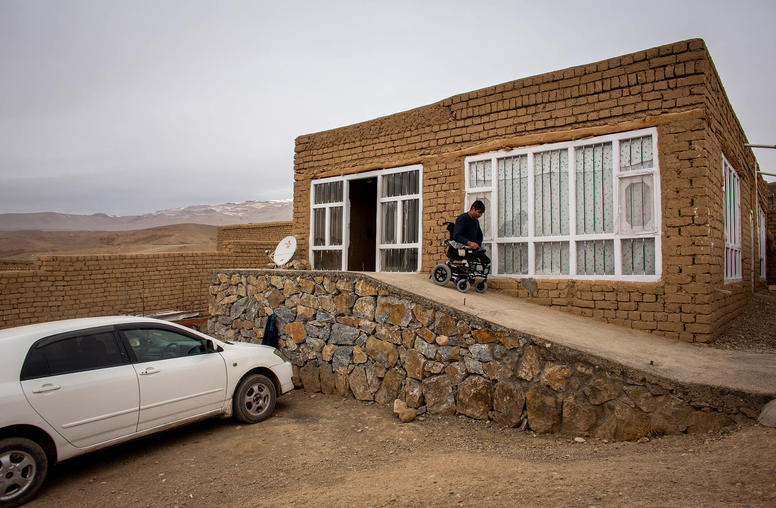For an Afghan Peace, Work with China
Veteran Diplomat: U.S. Should Boost Cooperation with Beijing
Defense Secretary James Mattis said in Kabul March 13 that, for U.S. policy in Afghanistan, “victory will be a political reconciliation” that includes the Taliban. Mattis’ statement sustains the public focus on an Afghan peace process following separate proposals for negotiations last month by the Taliban and Afghan President Ashraf Ghani. If the United States is to maximize the chances of ending this 16-year war, it needs urgently to pull China into the process, according to David Rank, who headed both the U.S. Embassy in Beijing and the State Department’s Office of Afghanistan Affairs during a 27-year diplomatic career.

In a new report for USIP, Rank notes that the United States and China share a vital security interest: seeing Afghanistan stabilized as a country that will prevent groups such as ISIS and al-Qaeda from exporting terrorist violence. Yet, he writes, U.S.-Chinese cooperation in Afghanistan is “notable primarily for its limited ambition”—the joint training of Afghan diplomats and health workers, for example. Rank discussed the possibility of a closer U.S.-China effort to bring peace in Afghanistan.
The United States repeatedly has pressed Pakistan to end support from within its borders for Afghanistan’s Taliban and other violent, militant movements. Could U.S. policy enlist greater Chinese help in obtaining that change?
Naturally, it’s a given that China bases its foreign policy on what it sees as its national interests. So, while the United States can influence Chinese decisions when our interests are relatively aligned, it will be far harder to do so when we they don't. In my experience, China doesn't "do favors," nor should we expect it to. In the case of Pakistan, Beijing has decided that its interests lie in a strong partnership with Islamabad. It is even clearer that Pakistan derives a lot of advantages from close ties to China. A U.S. approach premised on changing the nature of that relationship is unlikely to get much traction—particularly as U.S. investment in, and attention to, the region declines relative to China's. At the same time, Beijing clearly has significant concerns about extremism, in Pakistan and elsewhere. Our interests in that area are similar and we should be able to work together as long as we don't put Beijing in the position of having to "choose" publicly between Washington and Islamabad.
Of course, the same calculations should apply to U.S. decision making. The United States shouldn't think that we need to offer enticements or rewards for China to cooperate in Afghanistan. Stability in the region is at least as important to China as it is to the United States. Like the United States, China doesn't want to see extremism spread. Moreover, Beijing knows that the success of its "Belt and Road" initiative in Central Asia depends in no small part on a stable Afghanistan. We shouldn't need to expect favors from each other in other areas in order to cooperate in Afghanistan. We shouldn't want to link frictions in other areas to cooperation in Afghanistan. We should simply recognize that we have shared interests—and a shared urgency of action—and get to work. This paper for USIP is an effort to give policymakers a "tool kit" of things we might do.
The Afghan government has urged the Taliban to join it in direct peace talks. But the Taliban so far describe the government as a U.S. “puppet” and insist on negotiating with the United States instead. Can China play any role in solving that gridlock?
China might play a role as a broker, but it would have to overcome the perception and the reality that it cannot be a neutral intermediary, given its close relationship with Pakistan. Probably far more importantly, China can make it clear to the Taliban that their only road to political legitimacy is through a peaceful political process. A unified U.S.-China message to the Taliban—that their goal of a return to power through military means would leave the movement an international pariah—would be powerful.
What can China do about better integrating Afghanistan into the regional economy? Of course, Afghanistan is eager to benefit from serving as a bridge between Central and South Asia, but it has trouble even in opening up transit trade through Pakistan. China’s own efforts at regional economic integration include billions of dollars of investment, notably in Pakistan, as part of its “Belt and Road” initiative. Does that give China a role here?
I think China's leaders understand that leaving Afghanistan out of regional development, trade and infrastructure would weaken the entire region. Of course, that kind of integration requires better security, both in Afghanistan and in Pakistan, and better relations between the two countries. Those are long-term projects, but there are some things China could do to move them forward. One of the most pressing issues would seem to be a serious, private conversation with Pakistan about tackling the entire spectrum of extremism within Pakistan itself.



